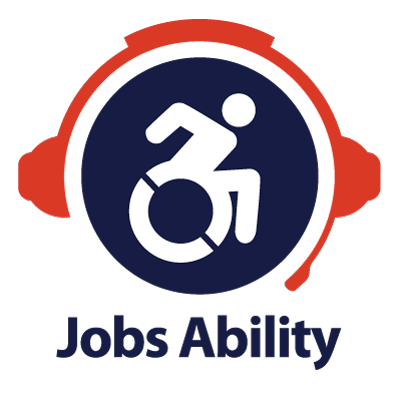Ableism, Awareness and Activism at the Pomfret School
December 3, 2016New York State Weekly Job Posting November 24, 2016
December 6, 2016Interesting report from Relief Web. You can see the full post here. Good to see the UK making disability a priority. The UK continues to be a leader in disability issues around the world. – ~John Robinson
International Development Secretary announces new focus on disability on International Day for People with Disabilities
The UK will lead a step-change in the world’s efforts to end extreme poverty by pushing disability up the global development agenda, International Development Secretary Priti Patel has announced.
To mark International Day for People with Disabilities (3 December) Ms Patel is calling on partners to do more to prioritise reaching the poorest and most excluded by ensuring people with disabilities are not being left behind.
The International Development Secretary will give her first keynote speech on disability next week at a Bond event to celebrate the International Day.
In her speech Ms Patel will set out how people with disabilities will be systematically and consistently included in the work the Department for International Development (DFID) is supporting in developing countries.
This builds on the commitment put forward in the Bilateral Development Review 2016, for DFID to become a global leader on disability.
Speaking on International Day for People with Disabilities the International Development Secretary Priti Patel said:More than one billion people are living with disabilities globally – 80% of whom live in developing countries.
These are some of the most excluded people in the world, often locked out of education, jobs, and overlooked by decision-makers.
I am determined to establish DFID as the global leader in this neglected and under prioritised area – people with disabilities must be at the heart of our work to build a more prosperous and secure future, which is in all of our interests.
I will be working with governments, NGOs, multilaterals, businesses and individuals to ensure that nobody is left behind.DFID’s focus areas on disability will include:
- upholding our commitment to the United Nations Convention on the Rights of Persons with Disabilities to ensure people with disabilities systematically benefit from international aid and humanitarian assistance;
- ensuring people with disabilities access a quality education and productive employment;
- working with national governments and the private sector to ensure people with disabilities no longer face stigma and discrimination;
